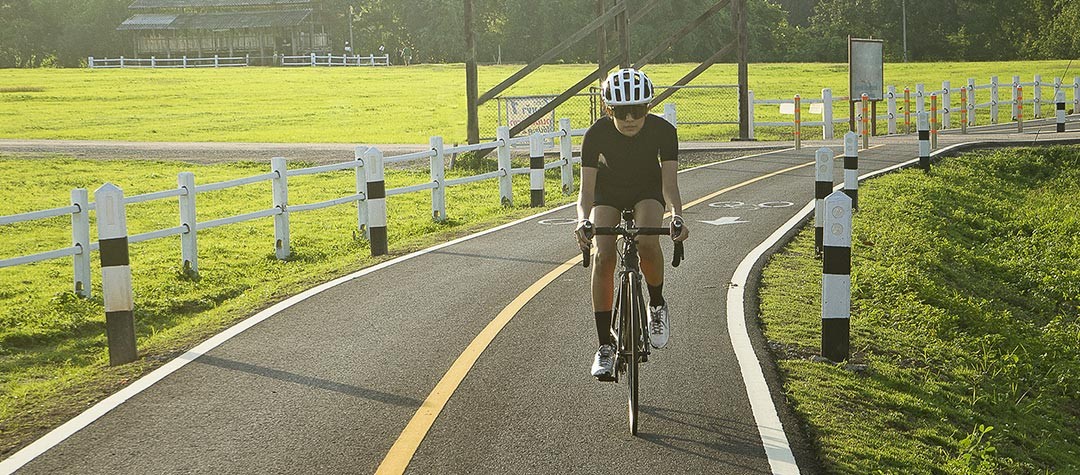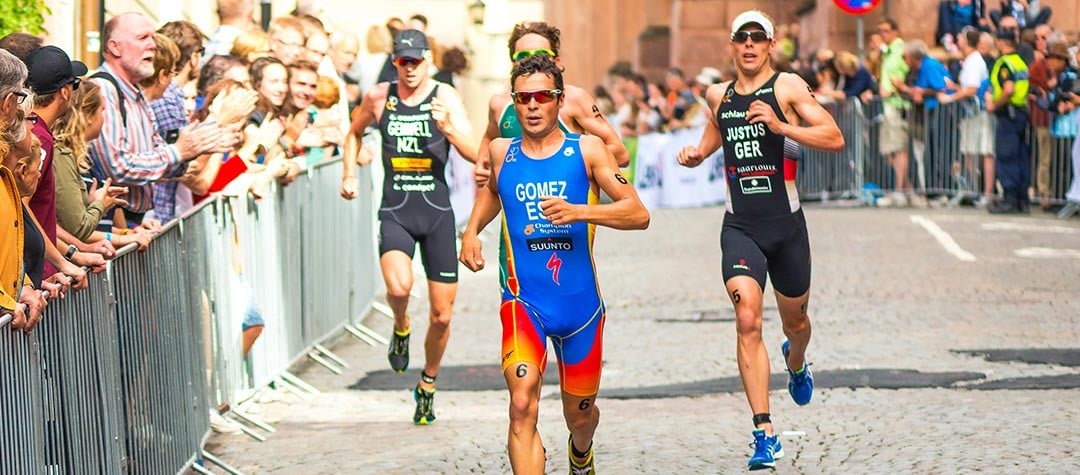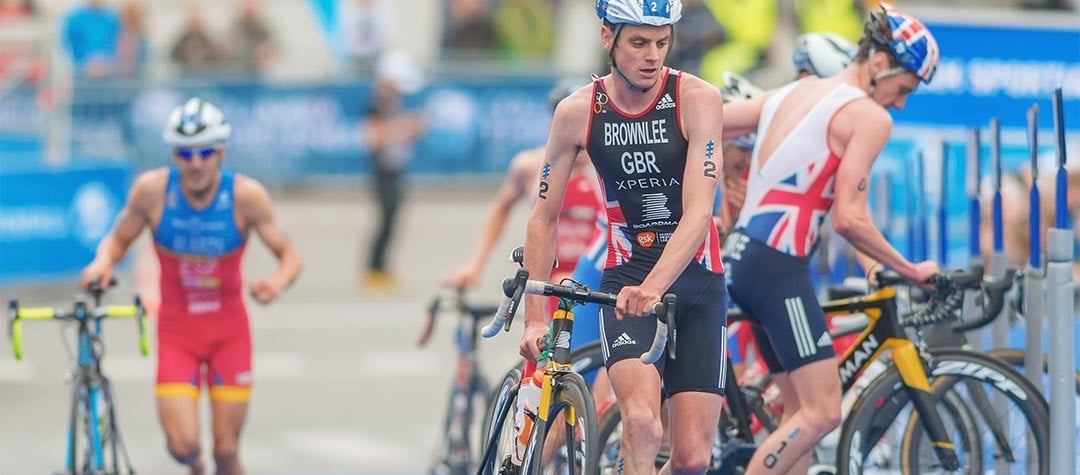Using a power meter is the best way of measuring your effort on the bike. Triathlete Will Clarke tells you why a power meter should be a part of your training armoury.
A good quality power meter is one of the most luxury pieces of equipment you can get for your bike. Although very expensive they’re certainly the best training tool you can get for measuring your effort, having significant advantages over heart rate monitors (HRMs).
Advantages over HRMs
By now most athletes own a heart rate monitor as most sports watches have this function and come with the chest strap or even a heart rate sensor built into the watch. Heart rate is is very useful but the problem is it’s not always reliable as heart rate is influenced by many factors, for example when we are either tired but also when we are fresh.
Heart rate monitors certainly don’t give you the instant feedback on your effort that you need for intervals shorter than say three minutes. It’s best therefore to use both in conjunction. Heart rate is more a relative figure measuring your body’s response, whereas power is an absolute figure giving you instant feedback regardless of effort.
Heart rate is more a relative figure measuring your body’s response, whereas power is an absolute figure giving you instant feedback regardless of effort.
Functional Threshold Power
As a coach myself to a bunch of athletes it’s much easier to coach my athletes who are using power meters on their bikes. From a basic FTP (Functional Threshold Power) test which is a 20min time trial flat out where I then take 95 per cent of that power to come to their FTP. I can work out all their training zones and I can see daily what numbers they are hitting so it’s very easy to notice improvements.
If an athlete sends me heart rate data it doesn’t really give me any performance data to see how they’re actually doing. All I can see is that they had a good solid workout in the right heart rate zones, which is fine but it’s also leaving me coaching a little bit blind.
Removing the guesswork
The main advantage of a power meter is that it takes away the guesswork in your training. With a power meter you can see a quantitative number telling you exactly what you’re doing every second.
Most triathlons are a time trial, you’re aiming to get from A-B as fast as possible and the best way to do that is a consistent effort across the board holding the average power you know you’re capable of and a power meter allows you to do just that.
Power output in a race
In races I make sure I’ve got average power set up on my head unit. So in a race you can keep focused on that number and try to hold it for as long as possible. This should give confidence that everything is going well during a race and should also help you to keep concentration.
Quite frankly especially in the long distance races if you’re pushing too much over the average power you know you’re capable of then it’s only a matter of time till you implode!
Power data post-workout
Power meters give you so much more feedback post workouts as well. The analysis of your data is much more informative and useful in seeing where you burnt matches and where you can potentially improve.
You can analyse things like Training Stress Score which is the general load of each workout, Intensity factor which is an athlete’s effort level measured against their 1-hour power, and Variability Index which is a measurement of how even you are the whole ride (i.e.how many spikes in effort you had).














